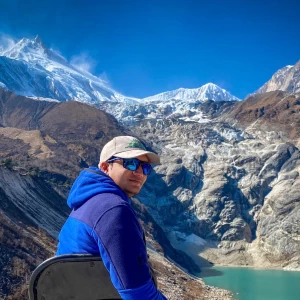Trek in Tibet, the roof of the world and enjoy the beauty beyond Himalayas.
How To Trek Tibet - An Ultimate Guide to Tibet Treks
Table of Contents
Tibet is known as the "Roof of the World." Many mystical and remote treks in Tibet are unique. The rugged landscapes and ancient monasteries make it a dream destination for adventurers.
Thus, trekking in Tibet means exploring high-altitude trails and experiencing rich spirituality and culture.
This guide provides essential details on how to trek Tibet. It includes information on popular trekking routes, preparation tips, and booking advice. Whether you prefer a group trekking tour or a solo adventure, this guide will help you enjoy your journey.
The Significance of Trekking in Tibet
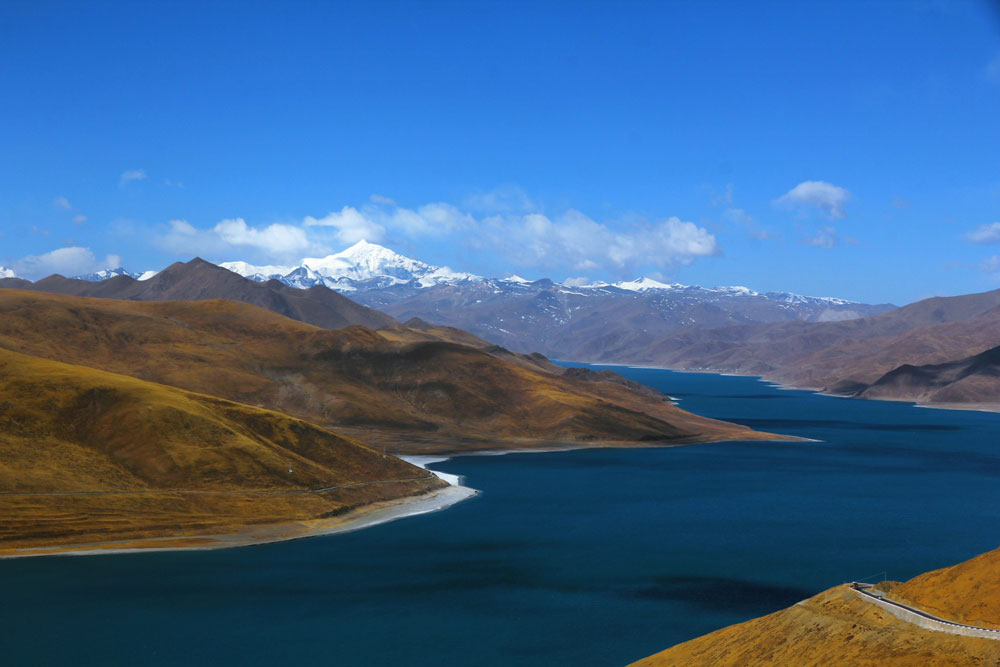
Trekking in Tibet is not just a physical journey; it’s a spiritual experience. Tibet has deep religious significance with many great Buddhist monasteries and sacred sites. Trekking there lets you connect with this rich cultural heritage. You’ll witness Tibetan Buddhism's devotion and traditions firsthand.
The landscapes of Tibet are as awe-inspiring as its spiritual essence. The terrain includes vast plateaus and towering mountain ranges. You'll cross high-altitude passes and wander through remote valleys. The combination of spiritual and natural beauty makes trekking in Tibet truly unforgettable.
Alongside, the Buddhist Monastery like Rongbuk, Samye Monastery, Ganden, and many more help enhance your Tibet Trekking route.
Best Times to Trek in Tibet
Timing your trek in Tibet is crucial for an enjoyable experience. The weather and cultural events can greatly impact your journey. Let's explore the best times to trek in Tibet to ensure you get the most out of your adventure.
Ideal Seasons for Trekking in Tibet
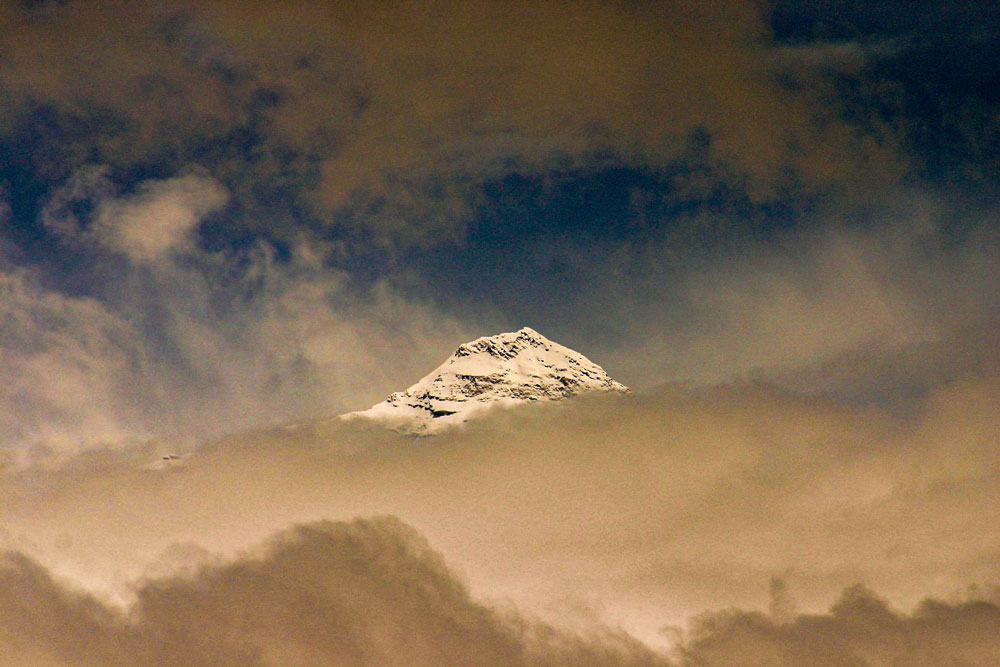
The best time to trek in Tibet is between April and October. During these months, the weather is mild, and trails are accessible. Spring and autumn offer clear skies and stunning views, too. These seasons are ideal for trekking. However, be prepared for cooler nights, especially at higher altitudes.
Pros and Cons of Different Times
Trekking during the peak season, from April to October, provides better weather. You will also find more services available. However, popular routes may have larger crowds. Trekking outside these months means fewer tourists but colder temperatures and limited services. Consider your comfort and experience when choosing the best time for Tibet trekking.
Popular Treks in Tibet
Now that you know the best times for Tibet trekking, let's explore the most popular trekking route. Each trek in Tibet offers unique challenges and breathtaking views. Whether you're a seasoned trekker or a beginner, there's a trekking route in Tibet that is perfect for you.
Mount Kailash Trek/Kora
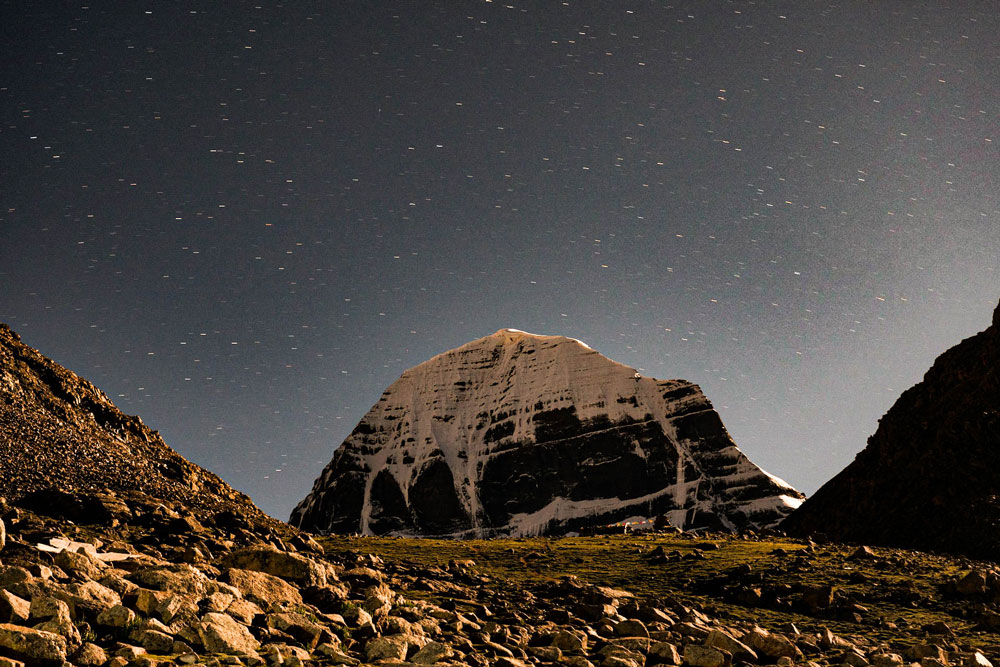
The Mt. Kailash trek/Kora is a sacred pilgrimage route on the Tibet trekking tour. This 52-kilometre (32.3-mile) trek circles Mount Kailash, a revered sacred mountain for Hindus, Buddhists, Jains, and Bon followers. Completing the Kora is believed to cleanse sins and bring spiritual blessings as Kailash is believed to be the most sacred mountain in the world. The followers of Lord Shiva usually do this trek. However, there are so many restrictions in doing the Mount Kailash Kora Trek, so understand the conditions before you go for the travel permits.
Physically, the Mt. Kailash Kora Trek is challenging. The highest point is 5,630 metres (18,471 ft.) at the Drolma La Pass. The trek takes about three days. It requires preparation for high altitudes and rugged terrain. Despite the challenges, the trek offers spiritual rewards. The stunning landscapes make it a unique experience.
Everest Base Camp Trek, North Face (Tibet Side)
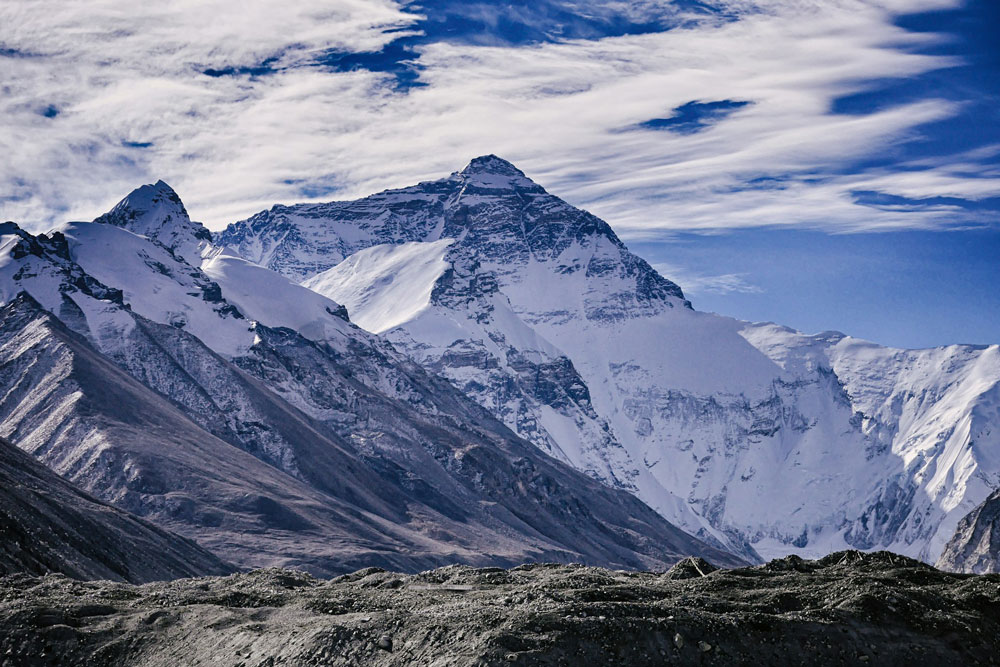
The Everest Base Camp trek from the Tibetan Himalayas offers a unique view of the world's highest mountain, Mount Everest. Unlike the Nepal route, the Tibetan plateau side lets you drive most of the way. This means that you don't have to trek a long distance as in Nepal's Everest Base Camp. This results in a shorter yet scenic trek to the Everest base camp, making it more accessible for those with limited time.
This route provides stunning north-facing views of Mount Everest. Additionally, it has a more rugged, remote feel. The altitude is higher on the Tibetan side of Mount Everest, so acclimatisation is crucial. Even though the trek is shorter, standing at Everest's base and surrounded by towering peaks is just as rewarding.
Alongside, the Rongbuk Valley and Rongbuk Monastery have equally important significance in Tibetan Buddhism which you can explore during the trekking.
Ganden to Samye Trek
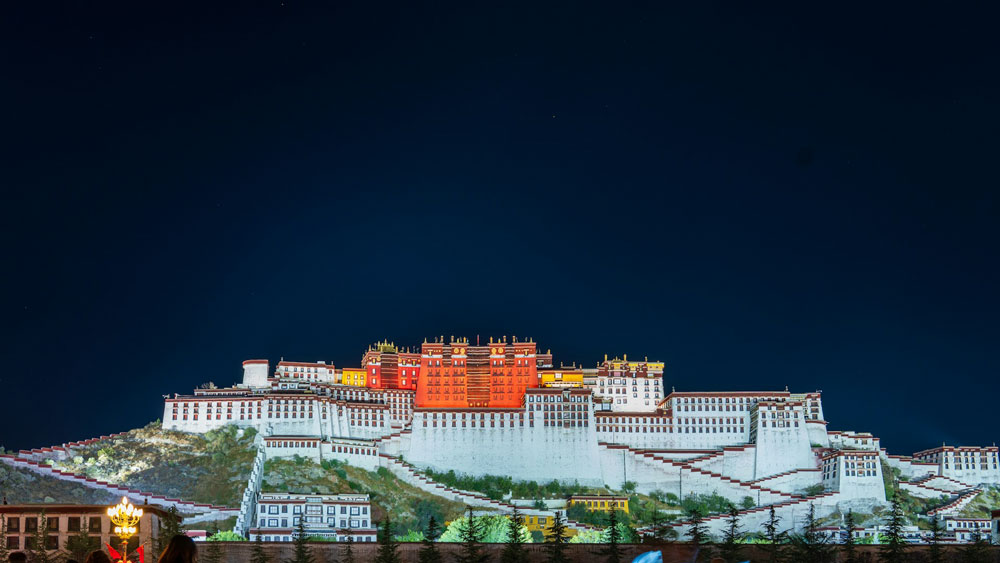
The Ganden Monastery to Samye Trek is a hidden gem for those seeking spirituality and adventure in Tibet. The trail falls under a challenging trek in Northern Tibet. This 80-kilometre (50-mile) trek connects two important monasteries: Ganden Monastery and Samye Monastery. Samye itself is the first Buddhist Monastery in Tibet. You’ll pass through remote valleys, high mountain passes, and traditional Tibetan villages. This trek is both culturally enriching and physically challenging.
The trek usually takes 4 to 5 days. The highest point is 5,200 metres (17,060 feet) at Shugu La Pass. It offers a deep connection with Tibetan culture and stunning views.
Other Notable Routes
Tibet has many remarkable routes beyond the popular treks. One option is the Shalu to Nartang trek. It is a scenic journey through ancient monasteries and lush valleys. This trek is 60 kilometres (37 miles) long. It offers a glimpse into Tibetan culture. You will also see stunning views of the Himalayas.
Another option is the Gama Valley trek. This trek is known for its diverse topography. It also provides rich cultural experiences. The route is about 70 kilometres (43.5 miles) long. It takes you through remote valleys and traditional Tibetan villages. Both treks offer unique views of Tibet’s natural beauty and cultural heritage.
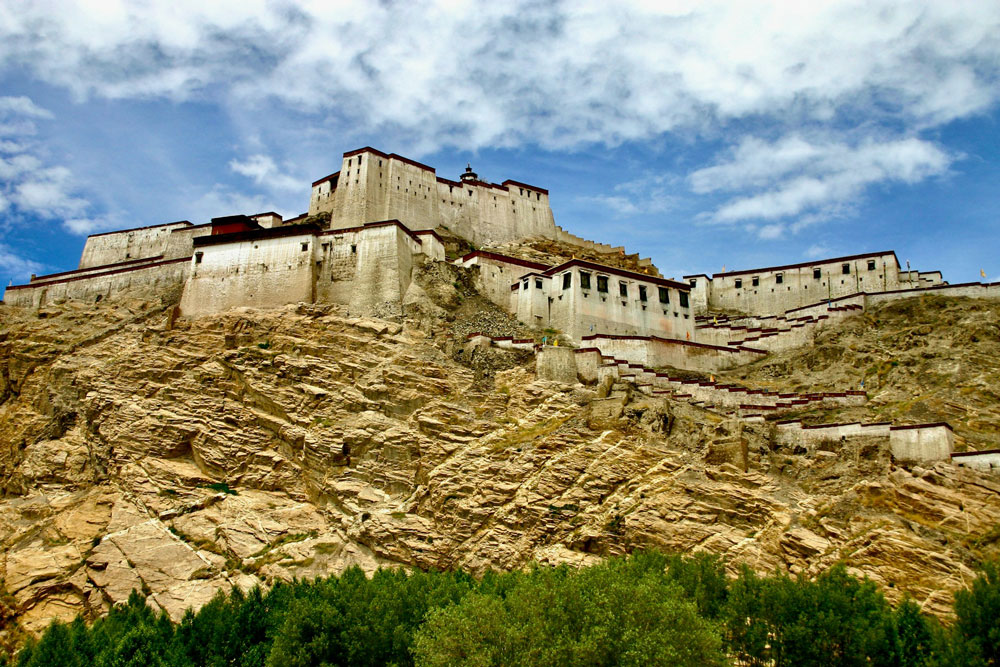
Preparation to Trek Tibet
Before starting your Tibetan adventure, proper preparation is essential. Knowing the unique challenges and requirements can help you have a smoother trek. Let's look at what you need to do to prepare for trekking in Tibet.
Physical Conditioning
Preparing for a trek in Tibet requires getting your body ready for high altitudes. Good physical conditioning is important for a successful journey. Start by building stamina with cardiovascular exercises like running or cycling. Strength training will help you handle rough trails more easily.
Do exercises that mimic trekking conditions, such as hiking with a weighted backpack. Gradually acclimate to high altitudes. This is to avoid altitude sickness. Training at high elevations, if possible, can also be helpful. Proper preparation will help you enjoy your trek in Tibet.
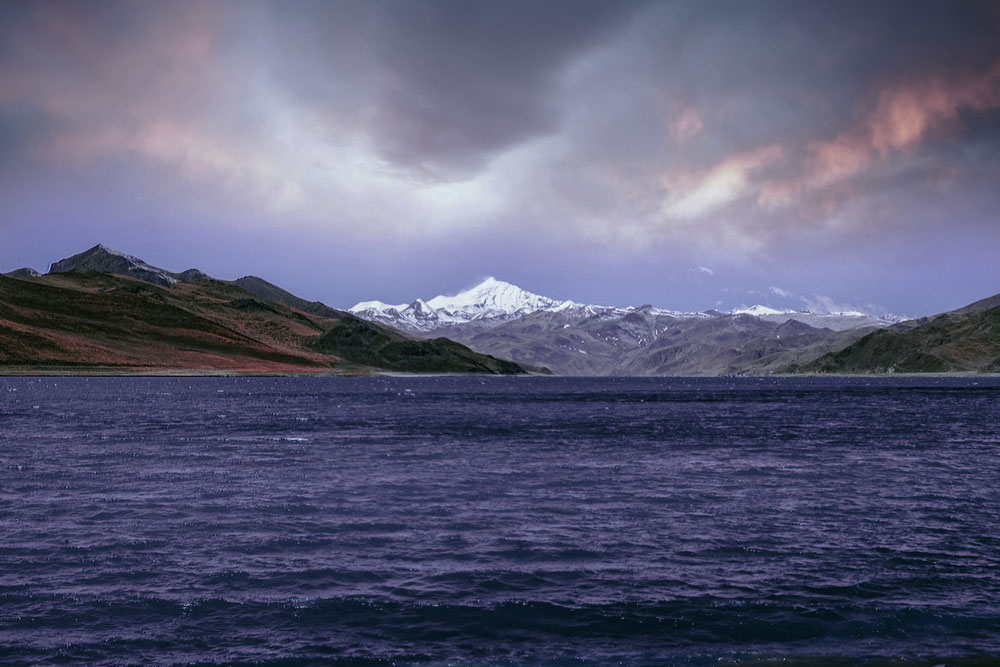
Altitude Acclimatisation
Altitude acclimatisation is crucial for a safe and enjoyable trek in Tibet. As you climb higher, the oxygen levels decrease, which can cause altitude sickness. To prevent this, it’s important to gradually adjust to higher elevations.
Take it slow and spend a few days at intermediate altitudes before reaching your trekking height. Drink plenty of water and avoid strenuous activities during acclimatisation. Eating light meals and resting well will also help your body adapt to the thin air.
Packing Essentials
Packing properly is crucial for a comfortable trek in Tibet. You will face varying climates, so the right gear is essential. Start with layered clothing, including thermal base layers and a waterproof jacket. Bring warm outerwear and sturdy hiking boots. Also, pack a hat, gloves, and a high-quality sleeping bag rated for cold temperatures.
Remember to include essential items like sunscreen, a water bottle, and high-energy snacks. A trekking pole can help with stability on rough terrain. Don’t forget a first aid kit, personal medications, and necessary travel documents. Proper packing ensures you’re prepared for all conditions on your Tibetan plateau adventure.
Permits and Regulations for Trekking in Tibet

Before trekking in Tibet, you need a Tibet Travel Permit. This permit is required for entry and must be arranged before your trip. You can obtain it through a licensed travel agency like Himalayan Scenery Treks. We will handle the application process for you. The permit ensures you follow local regulations and keeps your trek smooth and legal.
Tibet has specific regulations and restricted areas for foreigners. Some regions, especially near borders, are off-limits. Always check with us to understand these restrictions. This ensures your itinerary complies with local rules. Following these rules helps protect Tibet's environment and culture. All while making your journey enjoyable.
Group vs. Private Tibet Trekking Tours
When choosing how to explore Tibet, think about whether a group or private trekking tour suits you best. Each option has its own benefits and experiences. Let’s look at these differences to help you decide which trek fits your adventure style.
Group Tibet Trekking Tours
Choosing a group trekking tour in Tibet has several advantages. One major benefit is cost-sharing. Travelling with others often reduces expenses for guides and permits. Thus, making the trip more affordable.
Group tours also offer social interaction. You’ll meet fellow trekkers and share experiences, which can enhance your adventure. Joining a group provides a sense of safety and support while exploring Tibet’s stunning landscapes.
Private Tibet Trekking Tours
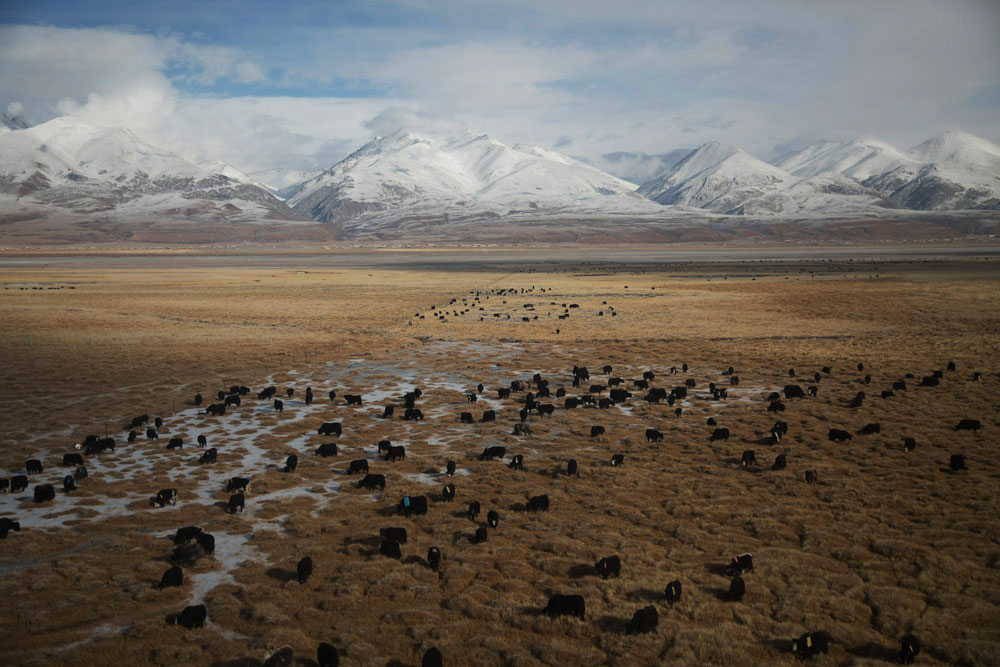
Opting for a private trekking tour in Tibet offers distinct advantages. One key benefit is a personalised itinerary. You can tailor the trek to your interests and pace for a unique experience.
Private tours also offer flexibility in scheduling and route changes. Note that at least 4 trekkers are required to start a private tour due to Tibet's travel permit regulations. This setup ensures your adventure matches your specific needs and desires.
Which Option Is Best for You?
Deciding between a group or private trekking tour in Tibet depends on your preferences and budget. If you enjoy meeting new people and sharing experiences, a group tour may be ideal. It's usually more cost-effective, as expenses are split among trekkers.
On the other hand, a private tour offers personalised experiences and flexibility. It’s perfect if you prefer a customised itinerary and more control over your schedule.
Consider your budget and how you like to travel to choose the best option for your adventure.
Conclusion
Trekking in Tibet is a life-changing experience. It blends breathtaking landscapes with deep spirituality. Whether you choose to trek Tibet in a group or on a private tour, you’ll enjoy an adventure that combines exploration with cultural discovery.

